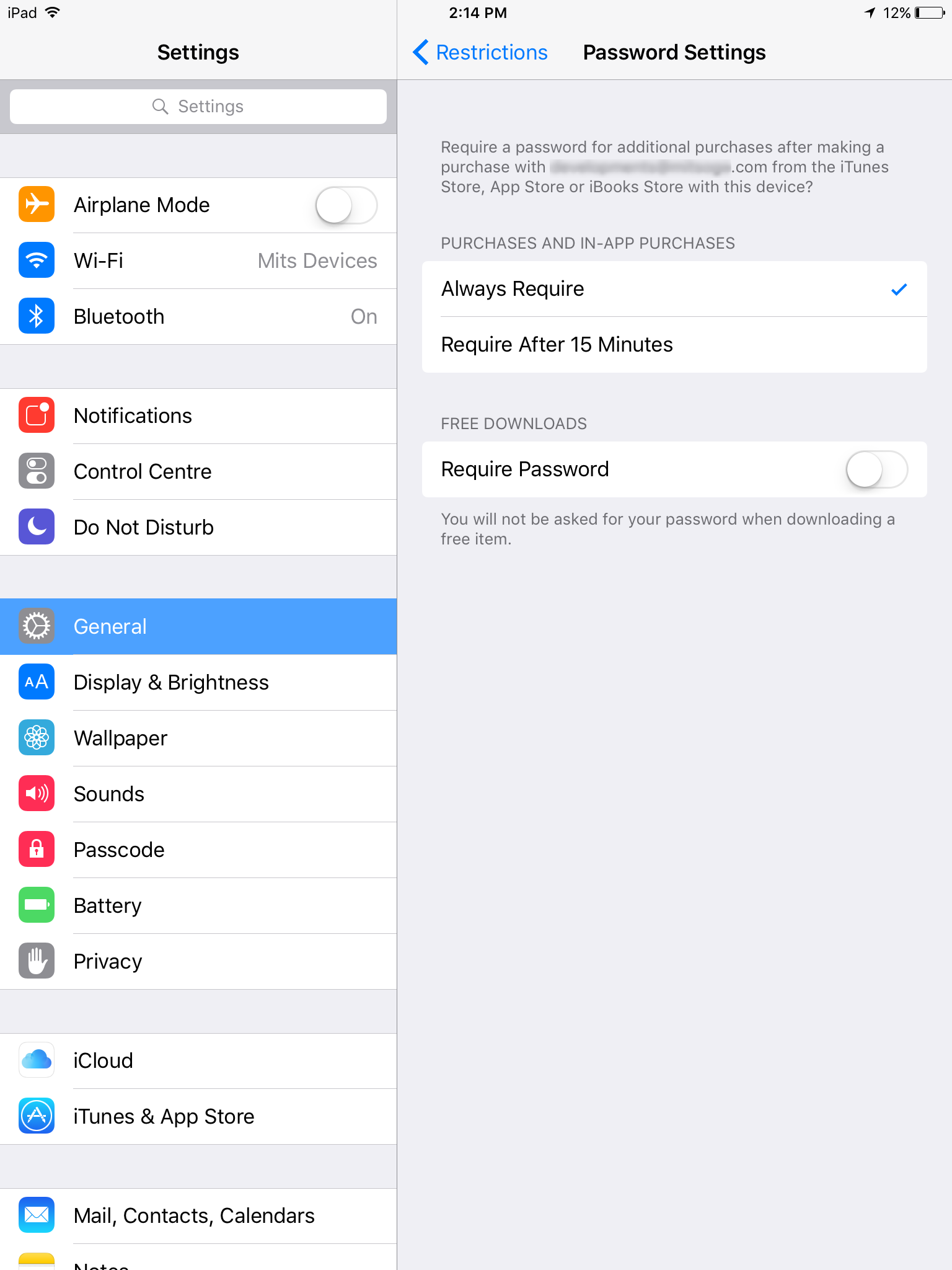
- #WHERE TO INSTALL VORPX .VPP FILES LOCALLY HOW TO#
- #WHERE TO INSTALL VORPX .VPP FILES LOCALLY UPDATE#
- #WHERE TO INSTALL VORPX .VPP FILES LOCALLY SOFTWARE#
- #WHERE TO INSTALL VORPX .VPP FILES LOCALLY CODE#
- #WHERE TO INSTALL VORPX .VPP FILES LOCALLY DOWNLOAD#
The file will automatically start to download.
#WHERE TO INSTALL VORPX .VPP FILES LOCALLY DOWNLOAD#
Visit the Apache Friends website and download the latest version of XAMPP for your operating system (in this example, we’re using Windows): However, because XAMPP is a popular dev environment and it’s device-agnostic (Mac, Windows, and Linux compatible), we’re going to focus on that one today. Setup isn’t really complicated with any of these options.

XAMPP is the one we’re going to walk you through today.
#WHERE TO INSTALL VORPX .VPP FILES LOCALLY SOFTWARE#
#WHERE TO INSTALL VORPX .VPP FILES LOCALLY HOW TO#
How to Install WordPress Locally with XAMPPĭespite making its open-source software readily available for download, WordPress is not something that can be installed on your computer.
#WHERE TO INSTALL VORPX .VPP FILES LOCALLY CODE#
The following code will be only executed if the application is within an installer, so this code will be not executed while you work on your project. The handleSquirrelEvent function expects as first argument the app variable, this function can be added at the end of your main.js file: squirrel event handled and app will exit in 1000ms, so don't do anything else this should be placed at top of main.js to handle setup events quickly At the start of your file (after the declaration of the app variable) add the following lines: // Module to control application life. We are going to add some code, specifically in the main.js file of your Electron Project. This module needs to be installed inside your project, not in the workspace, therefore navigate to the folder of the source code of your Electron project with the NodeJS command prompt, in this case we are going to use: cd C:\Users\sdkca\Desktop\electron-workspace\myapp-sourceĪnd then install the module using: npm install electron-squirrel-startupĪfter the installation of the module, we need to instruct with some code what we are going to do.
#WHERE TO INSTALL VORPX .VPP FILES LOCALLY UPDATE#
Therefore, we are going to use the electron-squirrel-startup module that will help you to achieve our goal. It handles the most common commands, such as managing desktop shortcuts (installation event, update event and uninstall event). Start the NodeJS command prompt and Navigate to the workspace using ( note that the module needs to be installed in the workspace, not in your project): cd C:\Users\sdkca\Desktop\electron-workspaceĪnd then install the module with: npm install electron-winstallerĪfter the installation of the module, our workspace will have now 2 folders:ģ. Manage desktop shortcuts (install, update and uninstall events)Īn application that can be installed, but the executable can't be found to start it once it's closed doesn't work for nothing. This NPM module builds Windows installers for Electron apps using Squirrel. Now, we need to install the module that will help us to create the installer, in this case we are going to use electron-winstaller. In this case, the folder will be located at C:\Users\sdkca\Desktop\electron-workspace and the source code of the electron project will be inside of it ( myapp-source). To make this tutorial easy to understand, we are going to create a folder in the desktop with the name electron-workspace, this folder will contain inside a folder that contains the source code of your Electron Project: Prepare your work areaĪnd with this, we don't mean that you should clean your computer. In this article, you will learn how to create an installer for windows using the electron-winstaller module which uses Squirrel, the installation and update framework for Windows desktop apps. However, Windows is not Linux.Īlmost all installers are created by a tool (e.g.

Developers just need to provide a package for a distribution, each distribution then has a way to install this package and this way can be in a terminal ( apt-get) or via a graphical interface, e.g. If you want to create instead of a Squirrel based installer, a MSI (Microsoft Installer) setup, please follow this tutorial instead.Īs a developer, you may know that Linux has package managers so the developers don't "need" to make the installers.


 0 kommentar(er)
0 kommentar(er)
